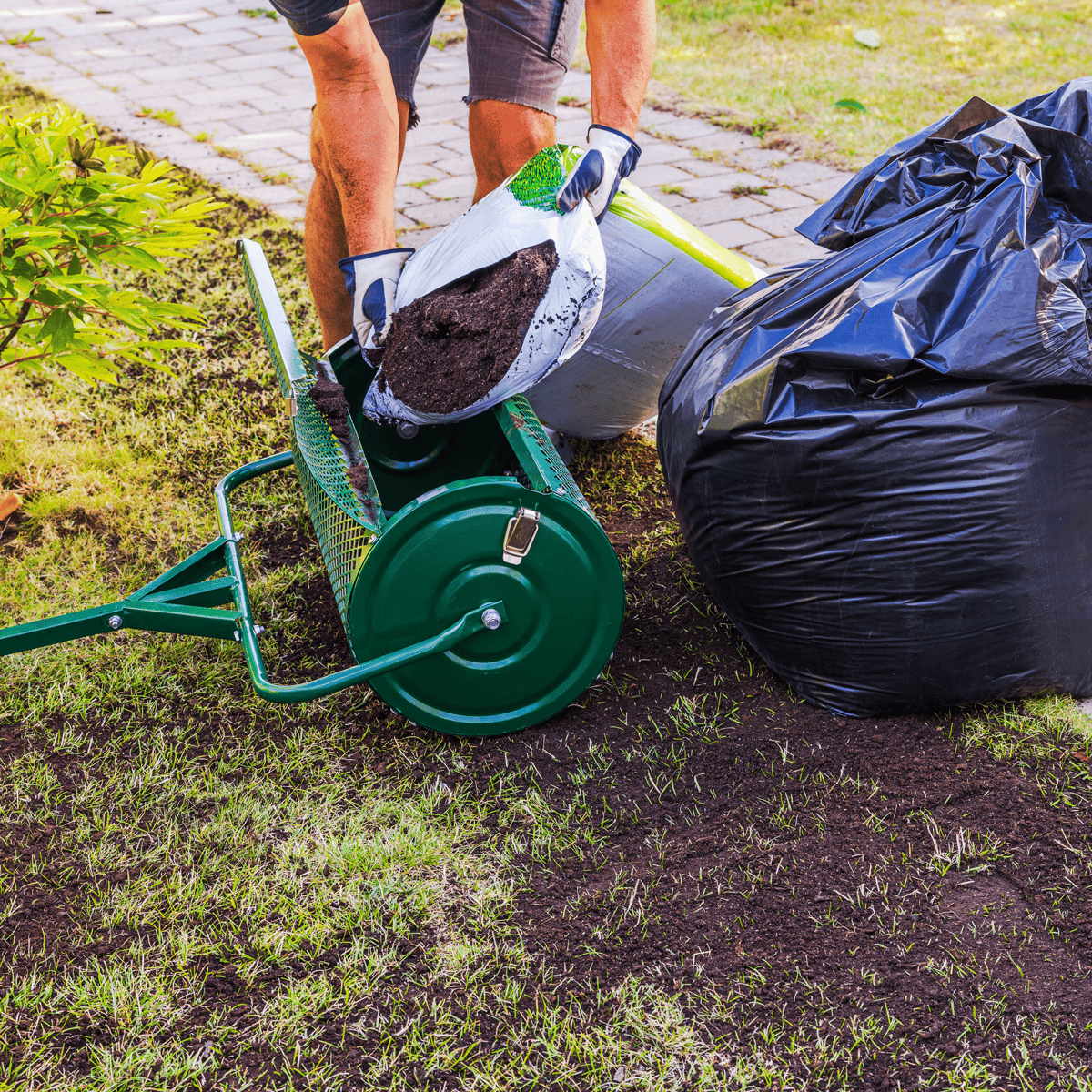Subscribe and save 17% with an annual subscription. Learn more.
Subscribe and save 17% with an annual subscription. Learn more.
A beautiful lawn doesn’t just happen by accident. While regular mowing, watering, and fertilising are essential, the real secret to a consistently lush and healthy lawn is proactive maintenance. This approach means taking steps to prevent problems before they arise, rather than reacting to issues once they’ve already started causing damage.
In this blog post, we’ll explore why proactive lawn maintenance is so important, and how adopting this mindset can save you time, money, and effort in the long run. We’ll also cover specific steps you can take to keep your lawn in top shape, no matter the season.
Imagine spending hours trying to revive a lawn that has been overrun by weeds, or pouring water onto a lawn that’s gone brown from drought stress. These are common scenarios that can be avoided with a proactive approach to lawn care. Proactive maintenance is about anticipating potential problems and addressing them before they escalate.
The benefits of proactive lawn care include:

The foundation of a healthy lawn starts with the soil. Regular soil testing allows you to understand the nutrient levels and pH of your soil, helping you to make informed decisions about fertilising and soil amendments. By identifying deficiencies early, you can correct them before they affect the health of your grass.
By keeping an eye on your soil’s health, you can prevent nutrient deficiencies that lead to weak growth and vulnerability to pests and diseases.
Weeds are one of the biggest threats to a healthy lawn. They compete with your grass for water, nutrients, and sunlight, often outpacing your lawn’s growth and leaving it looking patchy and unhealthy. The key to effective weed control is to tackle them before they take hold.
By staying on top of weed control throughout the year, you can prevent a small problem from turning into a lawn-wide invasion.
Lawn pests like grubs, beetles, and caterpillars can cause significant damage if left unchecked. These pests often target the roots of your grass, leading to brown patches and weakened growth. Proactive pest management is essential for keeping these invaders at bay.
By taking action early, you can avoid the extensive damage that pests can cause, saving your lawn from unsightly bare patches and the need for expensive repairs.
Watering your lawn consistently is essential, but how and when you water can make a big difference. Proper irrigation ensures that your lawn gets the moisture it needs without wasting water or encouraging shallow root growth.
By proactively managing your irrigation, you’ll help your lawn stay healthy while conserving water.
Compacted soil can choke your lawn, preventing water, nutrients, and air from reaching the roots. This is especially common in high-traffic areas or heavy clay soils. Regular aeration can alleviate this problem and keep your lawn thriving.
By aerating regularly, you’ll prevent the issues caused by compacted soil and promote healthier, deeper root growth.

Fertilising is a crucial part of lawn care, but timing is everything. By fertilising at the right times of year, you can give your lawn the nutrients it needs to grow strong and healthy, without overloading it.
Consistent fertilising, timed with your lawn’s growth cycles, ensures that your grass has the nutrients it needs to thrive year-round.
A well-defined edge between your lawn and garden beds not only looks great but also helps prevent grass from encroaching on your plants and vice versa. Mulching around the edges of your lawn can also protect it from weeds and retain moisture in the soil.
These small, proactive steps can prevent issues down the line and keep your lawn looking neat and healthy.
Proactive lawn maintenance is all about staying ahead of potential problems, rather than reacting to them once they’ve already caused damage. By implementing regular soil testing, consistent weed and pest control, proper irrigation, and timely fertilisation, you’ll create a lawn that’s not only beautiful but resilient.
At Wirri, we’re here to help you take a proactive approach to lawn care. Our tailored subscription service provides you with the right products at the right time, so you can keep your lawn looking its best all year long. With our eco-friendly solutions, you can care for your lawn and the environment at the same time.
Ready to take the proactive route to a perfect lawn? Explore our subscription plans and get started today!
For more expert lawn care tips and advice, check out the Wirri blog. Stay tuned for seasonal updates and product recommendations!
Stay in the loop with special offers, lawn care tips, and more.


Wirri supports Trillion Trees Australia, the UN Sustainable Development Guide and Pledge 1% among other progressive initiatives.
Wirri acknowledges the Australian Aboriginal and Torres Strait Islander Peoples as the first inhabitants of this nation and the traditional custodians of the lands on which we live, work, and care for our environment. We recognize their continuing connection to land, water, and sky and pay our respects to Elders past, present, and emerging.